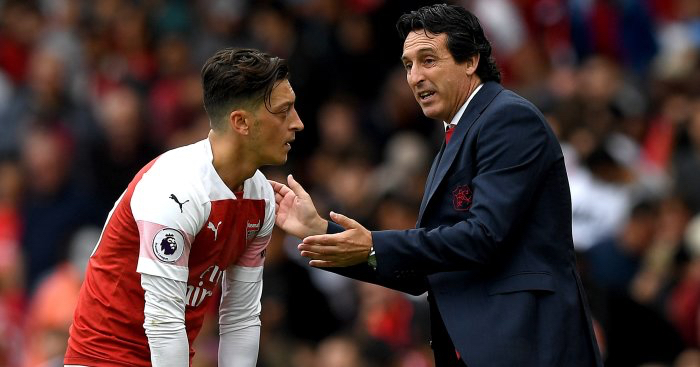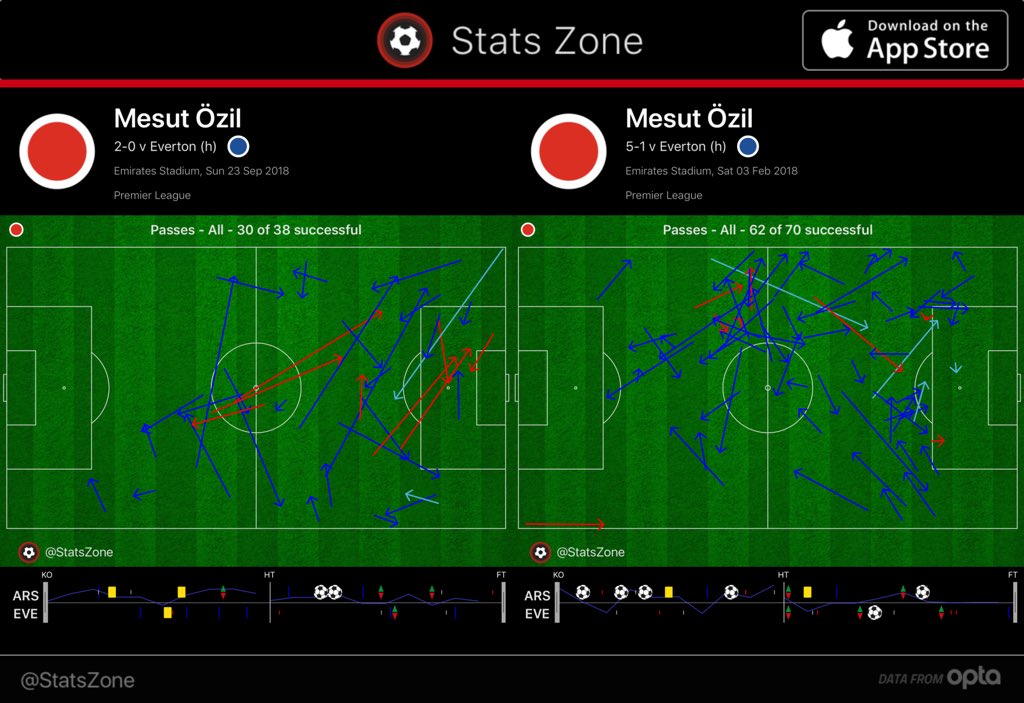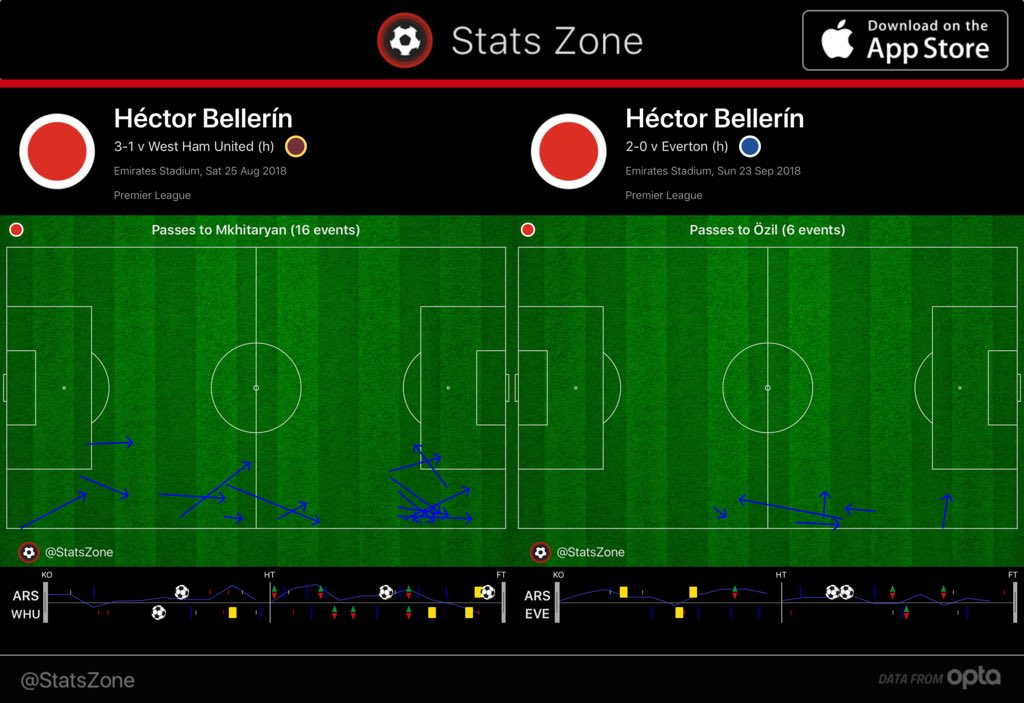Nicolas Pépé - Early Review
In recent times, it’s hard to recall a record Arsenal signing who’s early performances have been treated to a quieter and calmer response from the Arsenal fans than Nicolas Pépé. So far there hasn’t been a lot undue hype over his quality and potential future impact; and neither has there been much harsh criticism. Given he arrived for a record fee and has so far only provided a penalty goal and a solitary assist in the league, one might have expected the Arsenal fanbase to have voiced some concerns or criticism, especially since the club’s start to the season hasn’t been particularly convincing overall.
In part, the measured response is probably due to the to the wealth of other narratives surrounding Arsenal’s start to the season. The continued defensive struggles and failure to assert much control over matches. The fantastic start to the season from Pierre-Emerick Aubameyang and the continued emergence of youngsters like Joe Willock, Bukayo Saka and Reis Nelson. Plus Arsenal fans are more accustomed to big forward signings than they used to be. Pépé is the fourth attacker in Arsenal’s current squad who has held the title of club record signing. Predominantly, however, it’s likely down to the fact that Pépé’s quality is obvious; and that while it hasn’t completely come together for him yet, most are in agreement that it’s only a matter of time before it will. Until then, it’s simply a matter of waiting. But in the meantime, here are some early thoughts and projections on how he might best be utilised this season.
Overall
So far, Pépé has been used in two different ways by Unai Emery. As a genuine wide player in a 4-3-3/4-2-3-1, tasked with progressing the ball and linking with the other forwards, and also as a striker in a 4-4-2 diamond, where he has primarily been used as a counter attack weapon. One can debate the wiseness of using a new signing in more than one position in his first few games for the club, but both roles have highlighted strengths and (over the first few games at least) weaknesses in Pépé’s game.
Regardless of the role, the Ivorian hasn’t struggled for involvement in Arsenal’s attack. In what has often been a shot shy Arsenal attack under Emery - Arsenal ranked 11th for shots for in the league last season - Pépé is currently taking or assisting close to six shots per game. After six games this season his usage rate - a stat that measures the amount of possessions that end with a particular player, either through a shot or loss of possession - is only surpassed by Alexis Sanchez seasons in the last few years at Arsenal.
His expected goals and expected assist figures - 0.28 and 0.25 per 90 respectively - are solid rather than spectacular. While his shot and key pass numbers are great, few of either have been big chances, which drags the xG and xA figures down.
His general play has been mainly very good. The fact that his end product has been his undoing so far is something of a surprise given his impressive goal and assist numbers for Lille over the last two seasons. It hasn’t been simply down to a finishing slump either. There have been times where his weight of final ball has let him down (like in a 2v1 late in the match against Burnley) or he’s worked himself into a good position to attack a defender with a dribble, only for it to come to nothing.
If he didn’t have a history of good production, this might be a bigger concern. For now Arsenal fans will hope his early indecisiveness is simply a blip, or down to early season rust after a long season and summer tournament, and that with greater integration and fitness it will no longer be an issue. As of now it’s simply been frustrating, because the signs in his general play have so far been very encouraging.
Dribbling and close control
On the evidence of his Arsenal career so far, Pépé’s close control is one of his standout strengths. He is comfortable receiving passes into feet with his back to defenders, and can turn in either direction to get away from his man. While he doesn’t have the low centre of gravity that many great dribblers have, he is able to manipulate the ball in tight spaces without getting dispossessed.
The Ivorian is also great at using body feints to deceive defenders and create space for himself. This nutmeg against Burnley went viral, but look for how he also uses a feint to deceive the midfielder on his left which allows him room to pull off the trick.
With these traits it’s not a surprise that another area he’s shown he excels at is in creating separation from a defender in order to play a pass or get a shot off. It helps that his ability to skip past players on both sides means that even high quality defenders like van Dijk and Robertson have opted to stand off him, giving him an extra bit of space.
What has so far let him down when dribbling has been his propensity to make sloppy touches when travelling with the ball. While his ball security when receiving and in tight spaces has been quite good, this problem has somewhat contributed to his lack of decisiveness in matches so far. As seen in this example against Liverpool, where he does well to initially get past van Dijk, and is then able to find the separation to get a shot away, only to miss control.
Passing and possession play
Pépé has been somewhat of a mirrored Alexis Sanchez with his passing so far. A comment that will either be met with enthusiasm or dread depending on which side of the Chilean’s playmaking debate you fell on. Pépé likes to cut inside to play passes into the middle or to curve passes to the other flank. When he’s closer to the defensive line or the opposition penalty area, he’s always looking for potential through balls into the centre, or a cross to the back post. Many of his assists for Lille came with this pass, with a runner making an out to in run from the left hand side and finishing. If Aubameyang is to play on the left a lot this season - a scenario that seems likely if Emery uses the big three in attack - this is a potential link up that could cause a lot of damage, particularly on the break.
When playing on the right Pépé has shown a willingness to drop deep and offer himself for passes. Last season Arsenal did a lot of their building of play down the left, which worked when the likes of Alex Iwobi played on that flank, but was problematic when Aubameyang was put there. This season, if Aubameyang is to play regularly on the left, Arsenal could benefit from focussing more of their ball progression through the right, since Pépé is much better suited to helping with the build up. It would have the added benefit of allowing Aubameyang to stay high up, and focus his game on making out to in runs when Arsenal have the ball on the right.
Perhaps the biggest weakness of Pépé’s creative game is the fact he appears quite one footed. Against Villa he was able to beat the left back down the outside a couple of times, but wasn’t able to deliver a threatening ball with his right foot. This is obviously far from a deal breaker for a wide player, but it will limit the type of service he can provide to Aubameyang and Lacazette.
Off ball play and defending
With his rapid pace - which might rival Aubameyang’s in the Arsenal frontline - and all round attacking play, Pépé will be a big threat on the counter attack, as he has been already this season. Unless the aforementioned issues with his decisiveness persist to the same extent, which I don’t believe they will, he will be involved in many counter attack goals over the course of this season.
This was most evident against Liverpool. In a match where Arsenal were on the back foot most of the time, Pépé was by far Arsenal’s most threatening player, and perhaps the most dangerous forward on the pitch. The one big chance he’s had this season came from a Liverpool corner, where he sprinted from one box to the other, stole the ball from Henderson, beat Robertson on the dribble, only to shoot tamely. He was Arsenal’s main outlet into the channels, where he displayed good hold up play to relieve pressure and almost managed to create a big chance from a long ball downfield from David Luiz.
What I’m yet to see from him are any enterprising off ball movements against set defences. This isn’t to say it’s something he can’t do at all. It’s just not something he’s visibly showcased in his first few matches for Arsenal.
It’s hard to judge Pépé’s defensive capabilities, since Emery has shied away from giving him defensive responsibilities in Arsenal’s more challenging fixtures. Away at Liverpool and Watford he was part of a front two, and while against Tottenham the Gunners played a 4-3-3 rather than a diamond, Lacazette was often the player dropping back to help defensively, while Pépé and Aubameyang stayed high up like in the away games. There is likely some causality here, however. The fact Emery is using him that way either suggests he doesn’t trust the Ivorian’s defensive capabilities, or that he considers his counter attack threat too valuable to curtail.
Conclusions
With Iwobi and Henrikh Mkhitaryan gone, Arsenal’s left flank is likely to either be filled by Aubameyang - a wide striker - or youngsters such as Saka and Nelson. That, along with the fact Mesut Özil looks like he will continue to be a bit part player this season, means the onus on Pépé to be the ball dominant attacker will continue. Pépé has already shown in his early matches for the Gunners that he has the dribbling, creativity and personality to be the fulcrum of an attack.
Whether he will justify all of his £72m fee, and whether Unai Emery will be the man to get the most out of him are both very much up in the air. What isn’t is that Pépé has the quality and profile to be a valuable asset to Arsenal’s season and long term future. The fruits will likely bear sooner rather than later.








